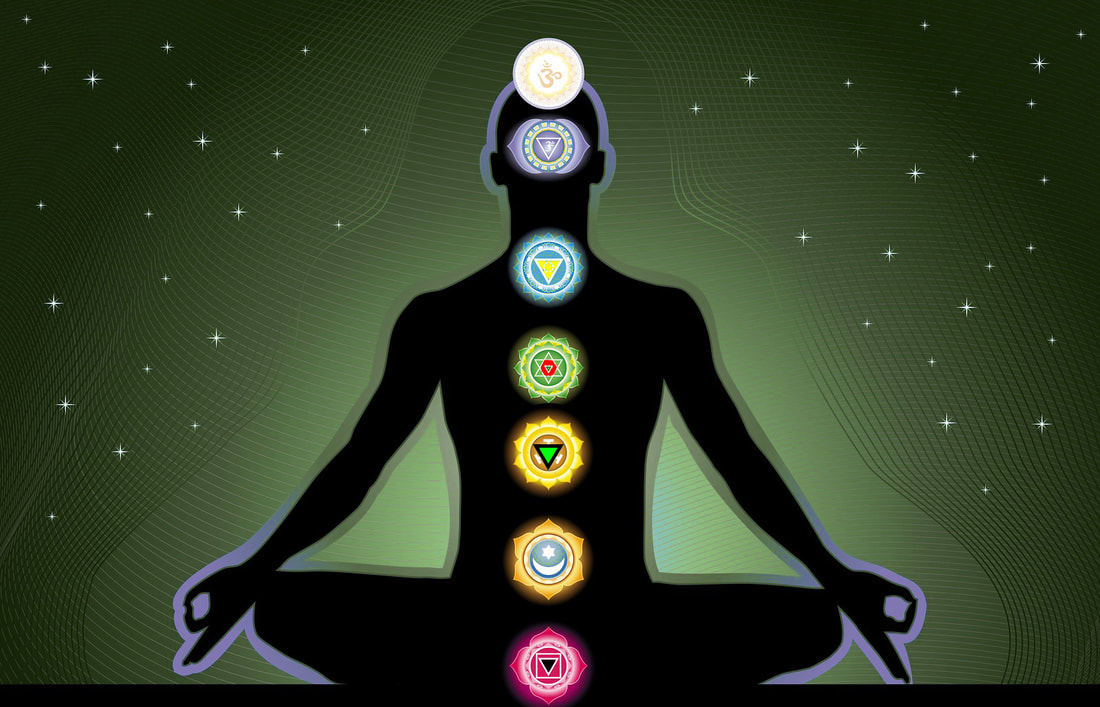|
Tantra – the Advanced Spiritual Science Tantra is pure spiritual science which is not well known. The root word “tan” means continuation or expansion. Another root word Tantr means to rule, to govern, and to keep in order. Tantra means expansion of individual consciousness into universal consciousness. The science of Tantra stresses on the three aspects of human existence – physical desire, psychic urge and extreme love for the God. In tantric texts, gross body, astral body and causal body is mentioned as Om, Tat & Sat respectively. Tantra is widely misconceived. In fact, it is a systematic step by step approach with rigorous physical and psychological discipline to achieve spiritual enlightenment. Tantra aims to liberate and transform the mind and body from their natural impulses and binding impurities instead of supressing them, and make them fit for self-absorption and self-realization. Different postures, breathing and meditation techniques, and self-purification practices are used for this purpose. Steps of Tantra
Tantra, Mantra & Seven Chakras The ancient yogis found seven principle psychic-spiritual energy centres in the human body which emanates different sounds. These sounds are found in the alphabet of Sanskrit, and certain combinations of the sounds were used in ancient processes of concentration and meditation. Sound vibrations with special characteristics are mantras which liberate the mind. All mantras are repeated in synchronization with the inhalation and exhalation of breathing. The mantra acts as dynamo and helps the individual to associate his or her own individual consciousness with universal consciousness. Seven Chakras start from end of spine to the crown of head. These are Muladhara (location-perineum, shape-square having triangle with lotus having drooping petals, serpent lying in inactive state, end of spine, element – earth, colour-yellow), Svadhishtana (location-below naval, shape-crescent moon, towards back, element–water, colour-silver), Manipura (location-naval centre, shape-triangle with apex down, element-fire, colour-red), Anahata (location-near heart, shape-hexagram, element-air, colour-blue), Visshuda (location-at level of throat, shape-oval, and element-space, colour-dark indigo or black), Ajna (location-between eye brows, shape-winged globe, element-mind) and Sahasrara (location-below crown, shape-Thousands Petal lotus, element – consciousness, colour-crimson red). Lower five chakras are represented as gross body. Astral body travels from vishudha chakra (centre of knowledge,) to Ajna Chakra (soul centre). The causal body can be felt, when immersed in sahasrara chakra (just below the crown). There are three nerves run in the spine, in left is Ida, in right is Pingla and in centre is Sushumna. Sushumna runs a hollow path called as Kula Path. During the upward journey of Kundalini (subtle energy, parashakti), coursing through the Sushumna channel and the chakras along the way, it is finally brought to the crown chakra, Sahasrara. This union is the realization of the Absolute. Stages in Tantra Tantra has four stages viz. Jnanapada (path of self-knowledge), Yogapada (path of self-discipline), Kriyapada (path of spiritual practice) and Caryapada (path of spiritual evolution).
Misconception about 5Ms
In tantric practices, Panchatattvas (five elements) are considered essential components which begin from “M”. These elements are madya, mamsa, matsya, mudra and maithuna.
Yoga & Tantra Yoga and Tantra are closely related and have common goal of liberation. Both provide the maps, techniques, rituals, and methods to liberate trapped energy. In Yoga, one needs to supress instincts, desires and self to go beyond. Whereas in Tantra says be aware of desires, move into desires with full consciousness and transform it. For example, anger is a form of energy and if done with awareness, it is transformed into compassion. Paths of Tantra Tantra has three paths viz. Kaula (external), Mishra (both external & internal), and Samaya (internal) Tantra.
0 Comments
Leave a Reply. |
Archives
July 2024
Categories |

 RSS Feed
RSS Feed